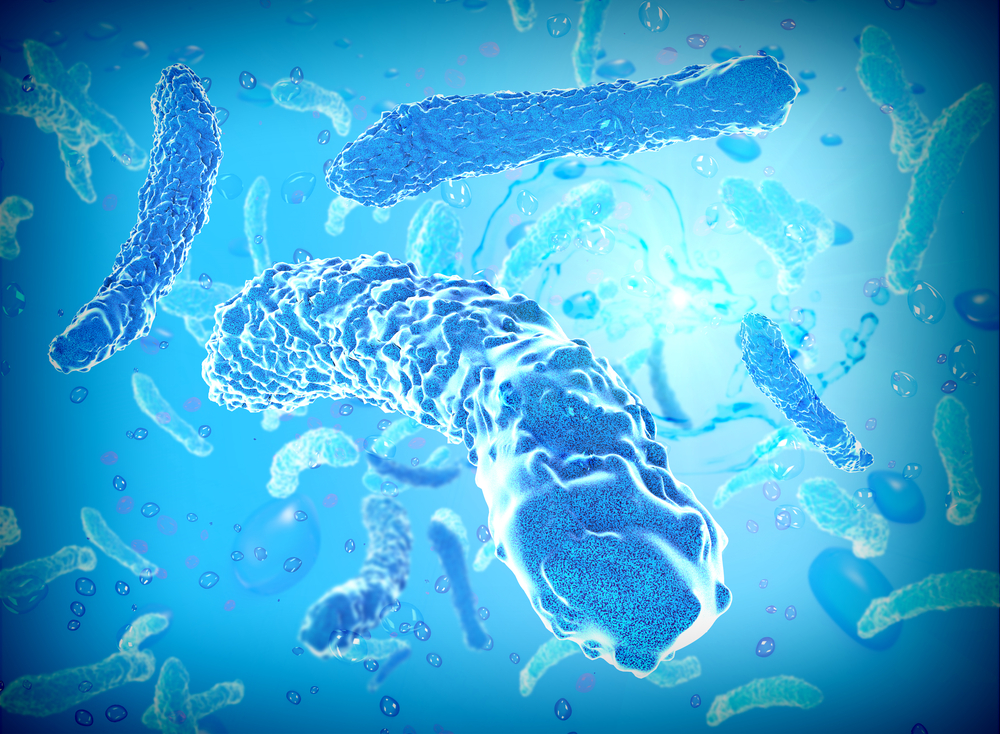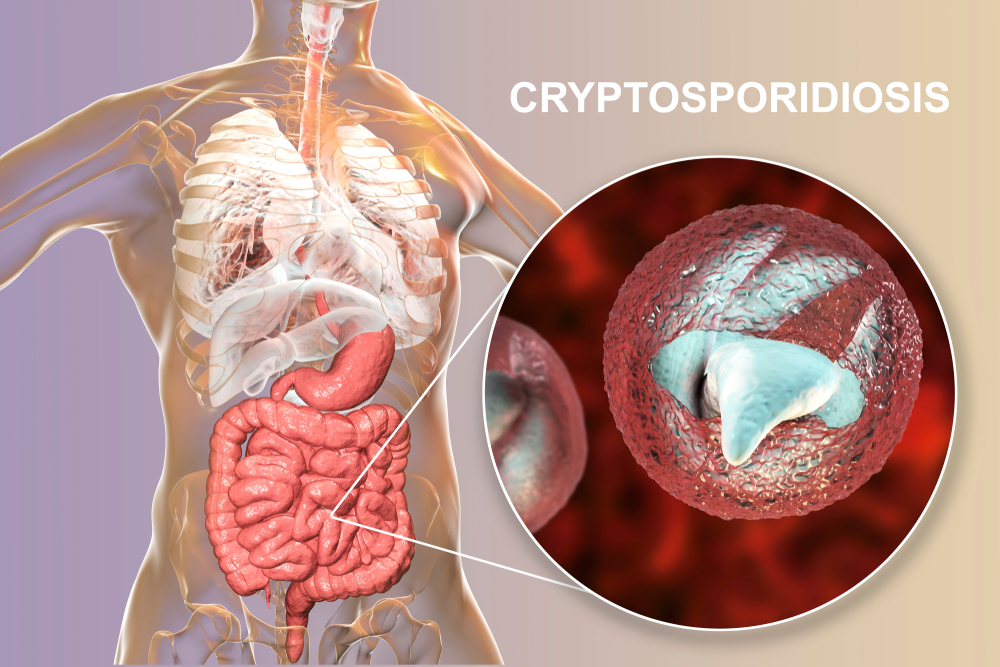
Unfortunately, a large amount of pathogens, bacteria, and parasites can survive and thrive in under-chlorinated pools. Some parasites can even survive in normal levels of chlorinated water and require special steps to ensure they are removed properly. Florida is a great breeding ground for these pesky issues due to our warm, humid climate, which bacteria loves. We”ll run you through the most common and dangerous types that can infiltrate your pool, and how to get rid of them.
The Easy Ones
We label the following bacteria easy because a properly chlorinated pool will easily wipe these problems out. If your pool should miss a few chlorine treatments or your salt water pool’s battery goes out, however, these could become a problem. Restoring your pool to properly chlorinated levels and brushing/skimming the pool frequently should eliminate the following threats:
- Giardia
- Green Algae
- Avian schistosomes
- E.coli
- Shigella
- Norovirus
The Medium Ones
Pink Slime (Serratia marcesens) & White Water Mold
Pink Slime (Serratia marcesens) is an airborne bacteria that can unfortunately drift on the wind and land in your pool. If your pool is not properly chlorinated at the time, the bacteria will proliferate and form a layer of reddish patches inside your pool. White Wateer Mold is a whitish slimy substance that floats in the water. While not inherently dangerous, it is a bit difficult to get rid of. The steps for both of these unsightly growths are the following:
- Remove and clean the filter with a garden hose.
- Balance the ph of the water, with 7.5 being ideal
- Disable the pump. We will be adding chemicals to the water but we don’t want it circulating through the system until it has soaked.
- Brush your pool walls thoroughly.
- Take anything that could be contaminated at this point, and throw it into the pool. This includes pool toys, pool furniture, the brush, the skimmer, etc.
- Shock the pool with triple the regular dose of chlorine and let it sit overnight.
- Run the pump again and keep the chlorine levels higher than normal. Consult your local pool store for testing kits and info.
The Hard Ones

Cryptosporidium is an extremely dangerous, chlorine-resistant parasite
- Step 1: Close the pool to swimmers. If you have multiple pools that use the same filtration system — all pools will have to be closed to swimmers and hyperchlorinated. Do not allow anyone to enter the pool(s) until hyperchlorination is completed.
- Step 2: Raise the free chlorine concentration (see Table) and maintain pH 7.5 or less and the temperature at 77°F (25°C) or higher.
- Step 3: Achieve a contact time (CT) inactivation value of 15,300 to kill Crypto. The CT inactivation value refers to the concentration of free chlorine in parts per million (ppm) multiplied by time in minutes at a specific pH and temperature.
- Step 4: Confirm that the filtration system is operating while the water reaches and is maintained at the proper chlorine level for disinfection.
- Step 5: Backwash the filter thoroughly after reaching the CT inactivation value. Be sure the effluent is discharged directly to waste and in accordance with state or local regulations. Do not return the backwash through the filter. Where appropriate, replace the filter media.
- Step 6**: Allow swimmers back into the water only after the required CT inactivation value has been achieved and the free chlorine and pH levels have been returned to the normal operating range allowed by the state or local regulatory authority.
If you suspect that Cryptosporidium is living in your or other pools, please contact the CDC immediately to report it and for further guidance at 800-CDC-INFO

Comments